|
Sharing the Wonders of Thai Companionship Hey fellow cat enthusiasts! Ever wondered about the enchanting Korat cat breed? Well, buckle up because we're about to embark on a journey exploring these marvelous feline companions that have their roots deep in the Korat province of Thailand. Introduction to the Marvelous Korat Cat Breed From Thai Royalty to Your Heart Picture this: A cat with a rich history as a treasured companion, gifted to royalty and honored individuals in Thailand. Fast forward to today, and Korats aren't just popular pets; they're symbols of good fortune in the Land of Smiles. Let's Dive into the Korat World! Getting to Know the Korat While you might not spot many Korats strutting around in the West, these incredible cats are gradually winning hearts across the globe. Let's take a sneak peek into what makes the Korat breed truly extraordinary: Their Stunning Appearance Silver-Blue Elegance: Imagine a medium-sized cat with a muscular, athletic build, donning a silver-blue coat that shimmers like moonlight. Each hair has a silvery white base with blue tips, complemented by large, luminous green eyes. Oh, and did we mention their heart-shaped heads and perky ears? What Sets Them Apart Energetic, Playful, and Devoted: Korats are not your average cats. They're full of life, forming strong bonds with their families and shadowing their favorite person like devoted companions. And guess what? They're not just cat-friendly; they get along with dogs, other pets, and even polite kiddos. The Rising Popularity From Thailand to the World: While they might be rockstars in Thailand, Korats are still a bit of a rarity elsewhere. But fear not! As people discover their stunning looks and engaging personalities, the Korat fan club is steadily growing. They've got the recognition from major cat registries, even though competition wins are a bit elusive outside Thailand. Temperament and Longevity Smart, Alert, and Forever Young: Korats are the intellectuals of the cat world. They thrive on interactive play, learning tricks, and consistent positive training. Plus, they're loyal to the core. With proper care, they can grace your home for a good 15-20 years, and some may even reach their early 20s! The Silver-Blue Coat Magic Shimmery, Silvery Blue: What's the secret behind their signature coat? It's a silver-blue wonder tipped with silver. Each hair strand is like a tiny masterpiece, creating a mesmerizing shimmery effect when the light hits just right. And here's the deal: No variations allowed; they're the OGs of natural cat breeds. Taking Care of Your Korat Companion Nurturing the Joyful Bonds Now, let's talk about how you can make your Korat's life even more fabulous: Feeding Tips:
Creating the Perfect Environment:
Grooming TLC:
The Take Care Method:
Finding Your Korat Sidekick Navigating the Exciting Adoption Journey Ready to welcome a Korat into your life? Here's your guide: Popularity Hotspots:
Budget-Friendly Tips:
Adoption/Rescue Avenues:
Pre-Adoption Checklist:
Preparing for the Big Day Creating a Home Sweet Korat Home Before your new friend prances into your life, get ready with these essentials:
Common Ailments and Vital Vaccines Safeguarding Your Korat's Health Here's the lowdown on common health matters and essential vaccines: Common Health Issues:
Core Vaccines:
Naming Your Korat Cat Adding a Personal Touch to the Connection Choosing the perfect name for your Korat cat is a delightful endeavor. Consider these tips:
Conclusion: Embracing the Allure of the Korat Cat Embark on a Journey of Companionship As you embark on a journey with the Korat, may the allure of their distinctive features and engaging personalities fill your home with joy and companionship. Embrace the marvel of the Korat cat, and create enduring memories with your remarkable feline companion. Via https://myjessicablog5551.weebly.com/blog/embarking-on-the-marvelous-journey-with-korat-cats
0 Comments
Exploring the Origins and Appeal Delving into the enchanting world of the Khao Manee, meaning "White Gem" in Thai, reveals a naturally occurring breed with origins deeply rooted in the streets of Thailand. This feline marvel emerged through spontaneous mutations among local street cats, captivating the Thai people with its bright white coats and piercing eyes. The breed's unique traits led to selective breeding, earning them a revered status as symbols of good luck and prosperity in their homeland. Introduction to the Marvelous Khao Manee Cat Breed Discovering Global Popularity While still considered somewhat rare beyond Thailand, Khao Manees are gradually garnering global admiration as more individuals uncover their delightful personalities. Here's a succinct overview of this extraordinary feline breed: Striking Appearance The Allure of the White Gem: The most captivating feature of the Khao Manee is its bright white coat, devoid of any pigment. Possessing short, smooth fur that sheds minimally, these felines exhibit eyes that can be gold, green, blue, or even odd-eyed. With a moderate, muscular build, long legs, and a gracefully tapered tail, their appearance is truly striking. Intriguing Characteristics Intelligence, Playfulness, and Affection: Khao Manees are not just visually stunning but also highly intelligent and playful. They forge strong bonds with their human families, craving attention and playtime. Known for their talkative nature, they love perching on top of furniture, showcasing a friendly demeanor with a hint of shyness around strangers. Global Popularity and Temperament Embracing Worldwide Recognition: While still uncommon globally, the Khao Manee is slowly gaining recognition beyond Thailand. Acknowledged by prestigious organizations like TICA and CFA, these cats are not yet eligible for championship competitions. Their endearing personalities contribute to the growing global popularity. Playful, Loyal, and Affectionate A Companion for Life: Khao Manees are characterized by their playful, loyal, and affectionate nature. They revel in climbing to high vantage points, engaging in games like fetch, and even learning tricks. Forming close bonds with their families, they thrive on companionship and may exhibit shyness around unfamiliar faces. Longevity and Coat Color The White Marvel's Lifespan: With proper care, the Khao Manee enjoys a remarkable lifespan of 15-20 years. Their coat, as the name suggests, is a luminous all-white, short, fine, and close-lying. No outcrossing is allowed, ensuring the breed remains exclusive in its stunning appearance. Care Guidelines for Your Khao Manee Cat Nurturing Health and Happiness To ensure the well-being of your Khao Manee, diligent care is essential. Here are some key tips to keep your feline companion healthy and content: Feeding:
Environment:
Grooming:
Take Care Method:
Acquiring a Khao Manee Cat What You Need to Know Before Welcoming a Feline Friend Before bringing a Khao Manee into your home, consider the following factors: Locations of Popularity:
Average Price:
Adoption/Rescue:
Preparation for Your Khao Manee Cat Setting the Stage for a Smooth Transition Prepare your home for your Khao Manee's arrival with the following considerations:
Common Diseases and Core Vaccines Ensuring Long-Term Health Understand common diseases and core vaccines to safeguard the health of your Khao Manee: Common Diseases:
Core Vaccines:
Choosing a Name Personalizing the Connection Selecting a name for your Khao Manee is an exciting part of the journey. Consider these tips:
Conclusion: Embracing the Wonder of the Khao Manee An Unforgettable Journey Awaits As you embark on this journey with the Khao Manee, may the unique charm and endearing qualities of this feline companion bring joy and companionship to your home. Embrace the wonder of the "White Gem" and create lasting memories with your marvelous Khao Manee cat. Via https://myjessicablog5551.weebly.com/blog/unraveling-the-marvels-of-the-khao-manee-cat-breed
Welcome to the captivating world of LaPerm cats, a relatively new and rare domestic breed celebrated for its distinctive curly coat. Originating in the United States in the early 1980s, these medium-sized felines have quickly become known for their intelligence, playfulness, and strong bonds with their human families. Let's delve into the fascinating aspects of LaPerm cat breeds. Unveiling the Origins of LaPerm Cats The story of LaPerm cats begins in Oregon, United States, where a curious discovery took place in the early 1980s. A barn cat gave birth to a curly-coated kitten, capturing the attention of its owner. Intrigued by the uniqueness of the coat, the owner set out to establish a new breed through intentional breeding. Today, LaPerm cats are recognized by major cat associations, and their affectionate and playful nature makes them wonderful family pets. Understanding the Appearance and Characteristics LaPerm cats boast a distinctive appearance and a set of endearing characteristics:
Caring for Your LaPerm: A Holistic Approach Ensuring the well-being of your LaPerm involves considering various aspects of their care:
Adopting or Buying a LaPerm Cat: Points to Consider If you're considering bringing a LaPerm into your home, here are some important considerations:
Preparing for Your LaPerm's Arrival: Practical Tips Make your LaPerm's arrival a smooth and enjoyable experience with thoughtful preparations:
Maintaining Your LaPerm's Health: Key Considerations Keep your LaPerm in top shape with these health considerations:
Naming Your LaPerm Cat: Adding a Personal Touch When it comes to naming your LaPerm, opt for a name that reflects their friendly and upbeat nature:
Embrace the joy of having a LaPerm cat in your life, and may your days be filled with purrs, playful antics, and the enduring companionship of this unique and charming breed! Via https://myjessicablog5551.weebly.com/blog/exploring-the-unique-traits-of-curly-coated-laperm-cat-breeds-a-comprehensive-guide
Ever wondered about the mysterious Lykoi cat breed, often playfully dubbed "werewolf cats"? Let's embark on a shared journey to uncover the unique charm, intriguing traits, and caring tips for these captivating felines. Dive into the Origins of the Lykoi Cat Picture this: it's 2011 in Tennessee, United States, where a feral cat colony gives rise to the Lykoi. Born with a genetic mutation causing partial hairlessness, these kittens sparked the creation of the Lykoi breed by dedicated breeders. Imagine friendly yet skittish, highly active cats requiring a tad more TLC due to their heightened sensitivity. Getting to Know the Lykoi Cat Up Close
Caring for Your Lykoi Companion
Welcoming a Lykoi into Your Home
Prepping Your Space for Lykoi Magic
Naming Your Lykoi Sidekick
In conclusion, welcoming a Lykoi cat into your life means embracing the extraordinary. As you embark on this unique companionship, savor every moment of the mysterious allure and lively spirit these werewolf cats bring to your shared world. Via https://myjessicablog5551.weebly.com/blog/exploring-the-enigmatic-lykoi-cat-breed-a-personal-guide
Introduction to the Unique Manx Cat Breed The Manx cat, characterized by its distinctively shortened tail, has captivated feline enthusiasts for centuries. Rooted in multiple genetic theories, this unique feature likely emerged naturally on the Isle of Man, off the British coast, where the breed originated. First making its debut in cat shows during the 1800s, the Manx swiftly gained global recognition as a prized pedigreed breed. While the stubby tail is undeniably their claim to fame, the Manx has much more to offer. The Alluring Manx Cat Appearance Manx cats present a medium-sized, muscular build with rounded features, showcasing a broad chest, short neck, and a compact body. Tailored for agility, their back legs are shorter, enhancing their remarkable jumping ability. Their coat, ranging from short to long variants, is short, thick, and soft, displaying a spectrum of colors including blue, red, cream, tortoiseshell, and calico patterns. Born with a full tail, it gracefully shortens as they mature, leaving behind an ideal show appearance with no visible tail but just a dimple. Delightful Manx Personality Traits Beyond their physical charm, Manx cats possess a delightful personality, brimming with curiosity and playfulness. They effortlessly form strong bonds with their families, displaying a welcoming demeanor to strangers after a brief warm-up period. These agile felines love to climb, jump, and engage in toy retrieval, keeping themselves entertained for hours. Known for their high intelligence, Manx cats can learn tricks and even walk on a leash. While independent, they cherish attention and relish a good cuddle, often communicating with delightful chirping noises. These traits collectively make them an ideal choice as family pets.
Caring for Your Manx Cat Breed While Manx cats are generally hardy, they do require some special care considerations to ensure their ongoing health and happiness. Food:
Environment:
Grooming:
Care Methods:
Acquiring Your Manx Cat Finding a reputable Manx breeder is crucial for welcoming a healthy and well-socialized kitten into your home. Here are some tips to guide you:
Things to Check:
Preparing for Your Manx: Bringing home a charming Manx kitten requires thoughtful preparation:
Essentials for Manx Care:
Health Issues to Watch For:
Core Vaccines for Manx Cats:
Naming Your Manx: Choosing a fitting name is part of the fun. Consider options like:
In conclusion, the Manx cat is a unique and captivating addition to any household. By understanding their distinctive traits and following these care guidelines, you ensure a rewarding and fulfilling companionship with your delightful feline friend. Via https://myjessicablog5551.weebly.com/blog/exploring-the-fascinating-manx-cat-breed-beyond-the-signature-tail
Ever heard of Nebelung cats? These delightful felines are a fairly recent and rare domestic breed, capturing hearts with their shimmering medium-long blue fur and striking green eyes. Join me as we embark on a journey into the captivating world of Nebelungs, discovering their intriguing history and devoted following thanks to their affectionate nature and stunning appearance. Introduction to the Nebelung Cat Breed Picture this: It's the 1980s in the United States, and a black domestic shorthair cat gives birth to an extraordinary litter. Among the kittens emerges a stunning blue feline with long fur, mesmerizing green eyes, and a distinctive semi-longhaired coat – Siegfried, the catalyst for the creation of the Nebelung cat breed. As more cats with these unique traits were bred, today's Nebelungs are cherished for their health, affectionate demeanor, playfulness, and mellow personalities, all wrapped in luxurious blue coats and captivating green eyes. Distinctive Features of the Nebelung Let's dive into what makes Nebelungs truly special:
Caring for Your Nebelung Cat Now, let's ensure these precious felines receive the best care: Food: Nebelungs, being medium-sized cats, thrive on high-quality commercial cat foods tailored to their life stage and activity level. Seek foods with animal-based proteins as the primary ingredient, enriched with vitamins and omega fatty acids, while steering clear of low-quality and grain-heavy options. Environment: These enchanting cats flourish in stable, calm environments filled with love and attention. Ideal for quieter households with older children and docile animals, ensure they have access to tall cat trees, hiding spots, and interactive toys. Grooming: Weekly brushing with a stainless steel comb helps remove loose hair and prevent mats. Regularly check their ears and trim nails as needed for their comfort. Don't forget to schedule annual veterinary checkups for their overall well-being. Care Method: Nebelungs thrive on affection and quality time with loved ones. Establish a predictable routine, speak gently, provide interactive playtime and snuggles. Let them indulge in gazing out from a sunny window perch. Buying or Adopting a Nebelung Cat Curious about bringing a Nebelung into your life? Locations of Popularity: Developed in the United States, Nebelungs are most popular there and in Western Europe. However, reputable breeders can be found in various regions. Average Price: Expect to invest between $600 to over $1000 USD from an ethical breeder, while adoption fees tend to be less. Adoption/Rescue: Explore breed-specific rescues like Rescue Network, and check general cat rescues and shelters in your area for potential Nebelung companions. What to Check Before Adoption/Purchase: Ensure the cat's general health with alert, clear eyes and a healthy coat. Confirm their vaccination status, with FVRCP and rabies recommended, and check for any relevant medical history to ensure they are free from breed-related conditions. Preparing for Your Nebelung Cat Welcoming a Nebelung into your home? Here's how to prepare:
Essential Equipment:
Common Diseases:
Recommended Vaccines:
Nebelung Cat Names Choosing a name for your Nebelung? Opt for friendly yet dignified options that complement their elegant vibe. Consider names like Luna, Orion, Willow, Finnigan, Persephone, and Frederick. Ready to embark on this enchanting journey with your Nebelung companion? Share your experiences, and let's celebrate the unique charm of these captivating felines together! Via https://myjessicablog5551.weebly.com/blog/exploring-the-enchanting-nebelung-cat-breed
Dive into the fascinating realm of Napoleon cats, a group of feline breeds believed to trace their roots back to France. Recognized for their distinctive features – a stocky build, round face, relatively short legs, and a friendly disposition – these majestic kitties are captivating companions. Join us on an informative journey to uncover the charm of Napoleon cat breeds. Introduction to the Majestic Napoleon Cat Breeds Originating in France during the 19th century, Napoleon cat breeds are renowned for their cobby, muscular bodies, round broad heads, and stocky short legs. While the definitive proof of their origin remains elusive, common lore links their development to the era of Napoleon Bonaparte's rule over France at the turn of the 19th century. Prominent Characteristics of Napoleon Cat Breeds: Appearance: Stocky, muscular, round broad head, relatively short legs.
Caring for Your Napoleon Cat: A Comprehensive Guide Caring for a Napoleon Cat: Food:
Adopting a Napoleon Cat: Key Considerations Locations of Popularity:
Pre-Adoption Checklist:
Preparing for Your Napoleon Cat: A Short Guide In a nutshell, Napoleon cats thrive on a proper diet, regular exercise, veterinary care, and lots of love! Here are some care tips to prepare for your new feline friend:
Health and Wellness: Preventing Common Diseases Common Diseases and Prevention:
Napoleon Cat Names: A Touch of Nobility Choose a name for your Napoleon cat that reflects their noble temperament. Consider names from history, royalty, or mythology. Here are some suggestions: Caesar, Josephine, Marie, Apollo, Zeus, Athena, Princess, and Duchess. In conclusion, embracing a Napoleon cat into your home is a rewarding experience. By providing the care they need, you'll create a lasting bond with these charming and majestic companions. Via https://myjessicablog5551.weebly.com/blog/exploring-the-world-of-napoleon-cat-breeds
Introduction to the Oriental Bicolor Cat Breed Meet the Oriental bicolor cat, a delightful variation within the Oriental breed, known for its captivating colorpoint coat pattern adorned with two contrasting colors. These charming felines have a rich history, tracing their roots to crosses between Siamese and shorthaired cats like American Shorthairs and Russian Blues. The aim? To introduce a spectrum of new coat colors while preserving the beloved Siamese personality. The International Cat Association recognizes an astounding 600 color varieties within the Oriental breed, making them a diverse and fascinating group. Bicolor Beauty: Distinctive Features and Patterns Picture this: Bicolors flaunting a colorpoint pattern where cooler body areas showcase lighter tones, while warmer areas boast darker shades. Their bodies feature one primary color, while the face, legs, tail, and ears flaunt a second, contrasting hue. Think chocolate and seal, blue and lilac, or even red and cream – these combinations add to their allure. Oriental bicolors present a graceful appearance with wedge-shaped heads, large upright ears, and almond-shaped eyes that exude both elegance and curiosity. Medium-sized and tubular-bodied, they possess long tapering tails, and their short, fine, glossy coat comes with minimal undercoat, making them both charming and low-maintenance. Key Characteristics:
Food:
Popularity:
Via https://myjessicablog5551.weebly.com/blog/january-03rd-2024
Delving into the World of Hamster Nutrition Have you ever wondered, "Can Hamsters Eat Cereal?" Well, the answer is a cautious yes. Let's embark on a journey through the safety and nutritional considerations when it comes to including cereal in your hamster's diet. Navigating the Cereal Aisle for Your Hamster: A Green Light with Caution Hamsters can indeed indulge in small portions of plain, low-sugar cereal. The key is moderation. Opt for cereals crafted from wholesome grains with minimal added sugar. While the occasional oat ring or wheat square can be a delightful treat, steer clear of cereals boasting artificial colors or flavors. The Goodness Within: Benefits of Cereal for Hamsters Embrace the benefits of serving plain, low-sugar cereals to your furry friends in moderation:
Yet, it's not all sunshine and rainbows. Regular or sugary cereals pose potential risks to your hamsters, including:
Feeding your hamster too much cereal can lead to unwelcome symptoms, including diarrhea, dehydration, obesity, and tooth pain. If these signs emerge, promptly cease cereal consumption and seek guidance from an exotic vet for suitable intervention. Portion Control: How Much is Just Right? Strike a balance by limiting your hamster's cereal intake to 1-2 small pieces of plain, low-sugar options, such as plain Cheerios or Wheat Chex, a maximum of two times per week. Remember, cereal should play a supporting role, not take center stage in their diet. Variety is the Spice of Hamster Life: Alternatives and Supplements Expand your hamster's culinary horizons with alternative treats and supplements:
Conclusion: Ensuring Cereal Remains a Treat, Not a Threat By adhering to these guidelines, you can maintain cereal as a safe and enjoyable occasional treat for your hamster, enhancing their well-being without compromising their health. Via https://myjessicablog5551.weebly.com/blog/unlocking-the-secrets-of-feeding-cereal-to-your-hamsters-safety-and-nutrition-explored
Enveloped in their opulent, cascading coats and adorned with irresistibly endearing expressions, Persian cats have captivated admirers globally for centuries, securing a well-deserved position among the most beloved feline breeds. Exploring the Charisma of Persian Cats Delving into the origins of Persian cats takes us back to 19th-century Persia, now known as modern-day Iran. Adapted to the cold mountainous regions, their luxurious coats and composed personalities render them perfect companions for a laid-back indoor lifestyle. Making their way to Europe in the 1600s, they swiftly became fixtures among cat enthusiasts and breeding programs, refining their stunning contemporary appearance through meticulous selective breeding. However, the maintenance of their glamorous coat necessitates daily attention, a task easily justified by the rewarding companionship they provide. Noteworthy Attributes of Persian Cats:
Caring for Your Persian Companion Feeding:
Foster their sweet disposition through affection, treats, and gentle play routines. Introducing a Persian Cat into Your Home Global Popularity:
Useful Tips:
Indulge in the elegance of human names that perfectly complement these graceful felines. Examples:
Via https://myjessicablog5551.weebly.com/blog/discovering-the-enchantment-of-persian-cats-a-tranquil-yet-demanding-breed |
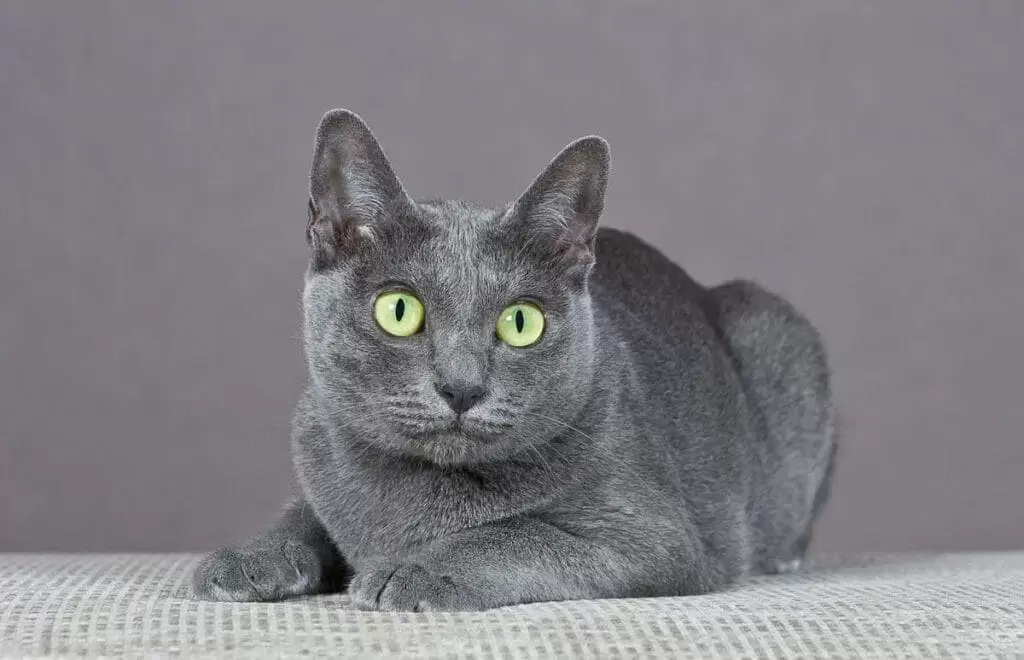
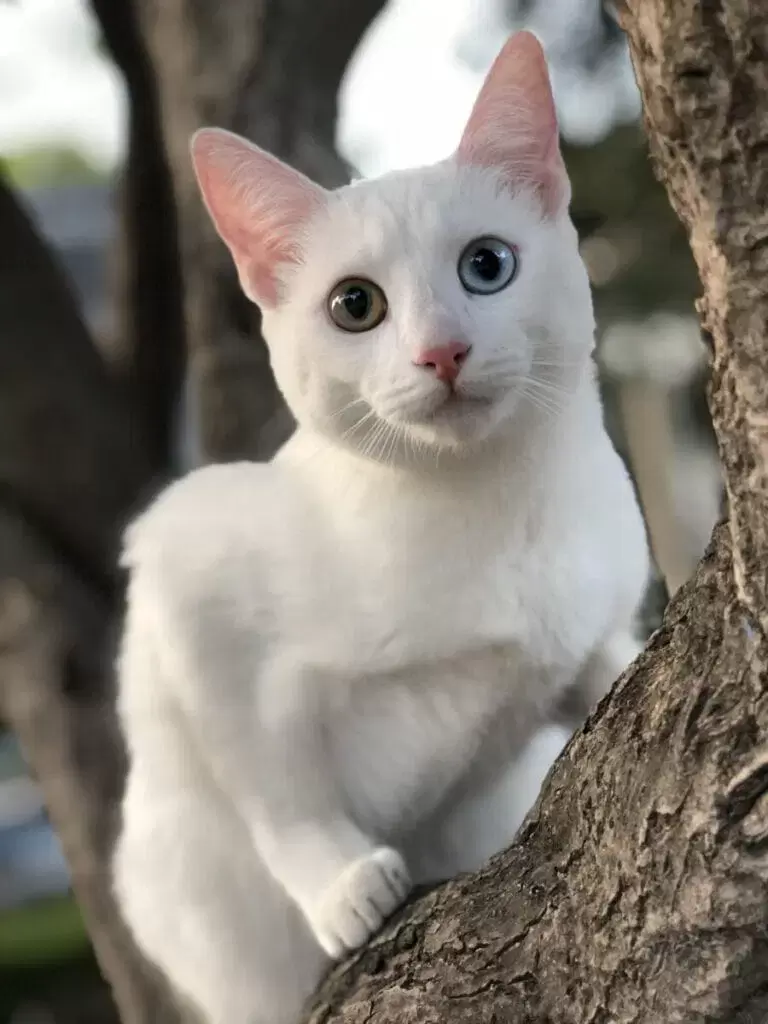
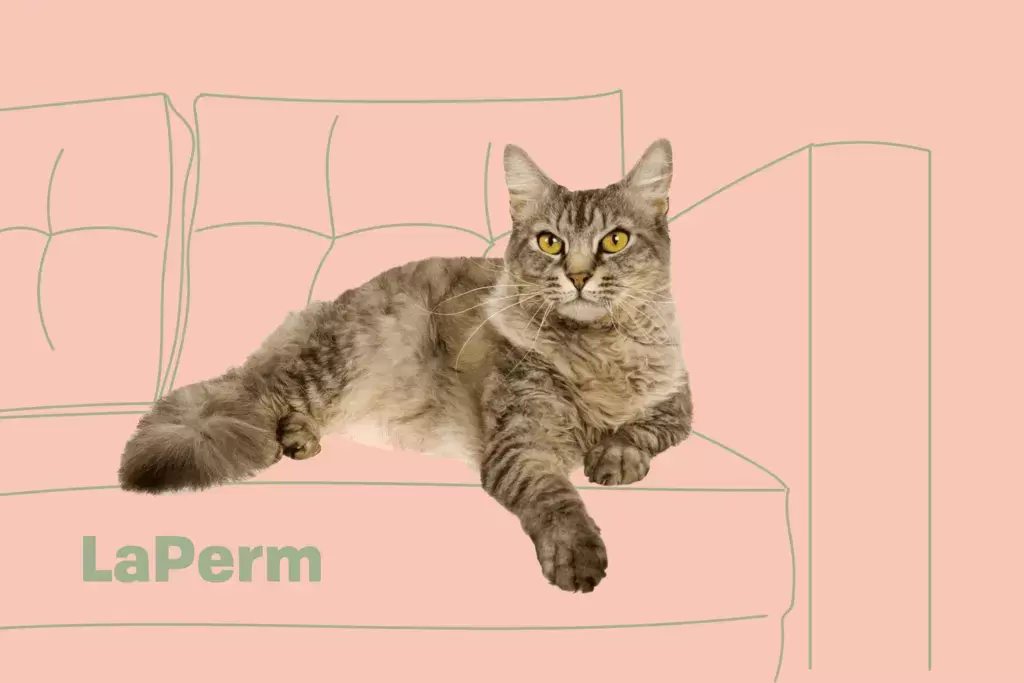
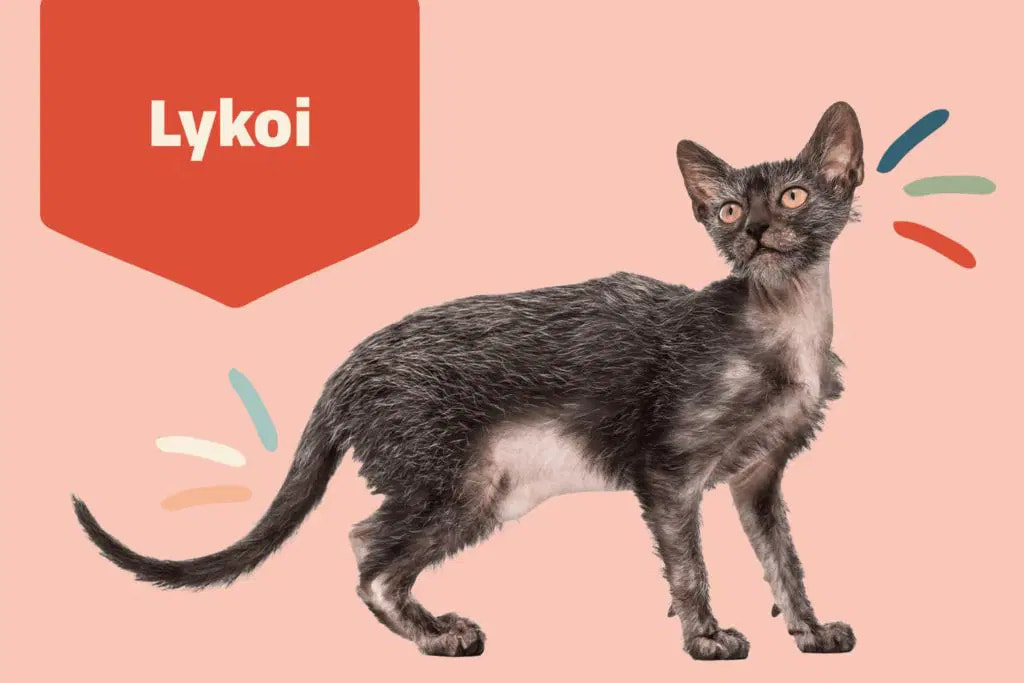
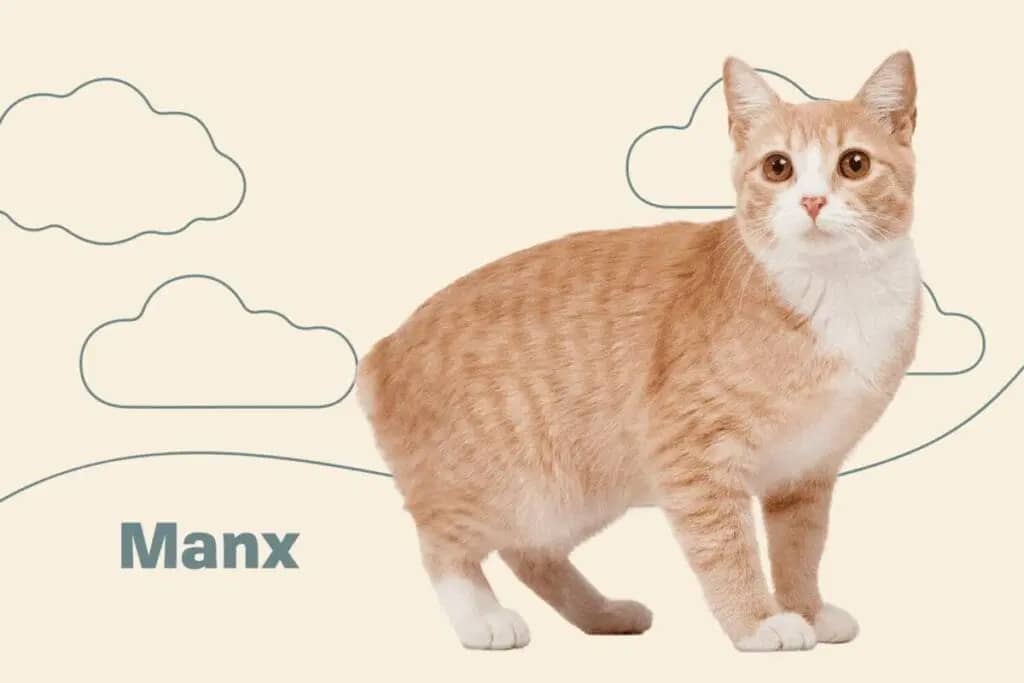
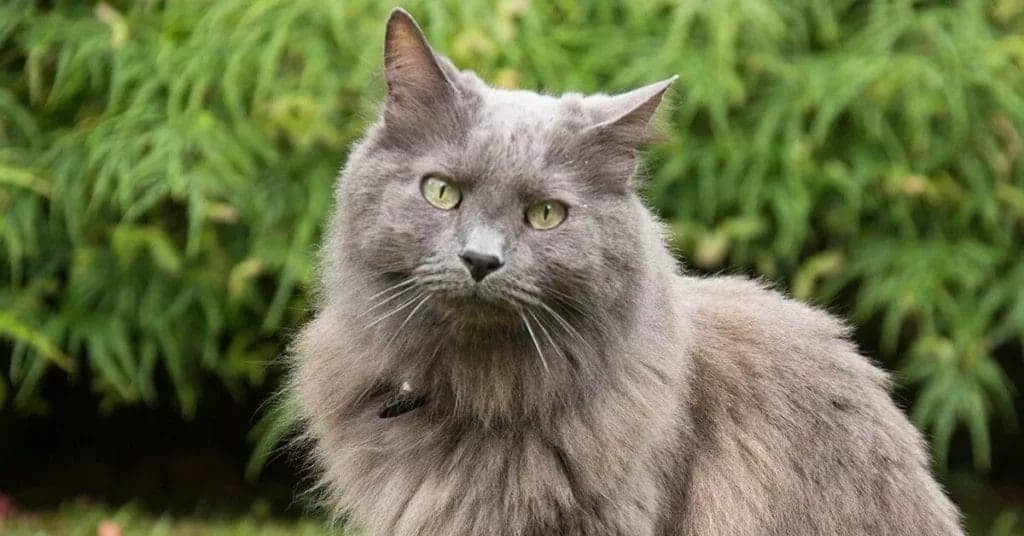
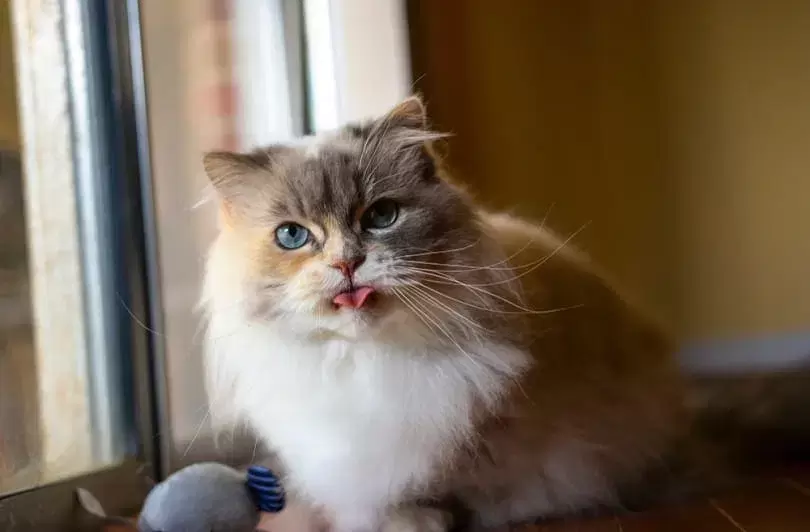
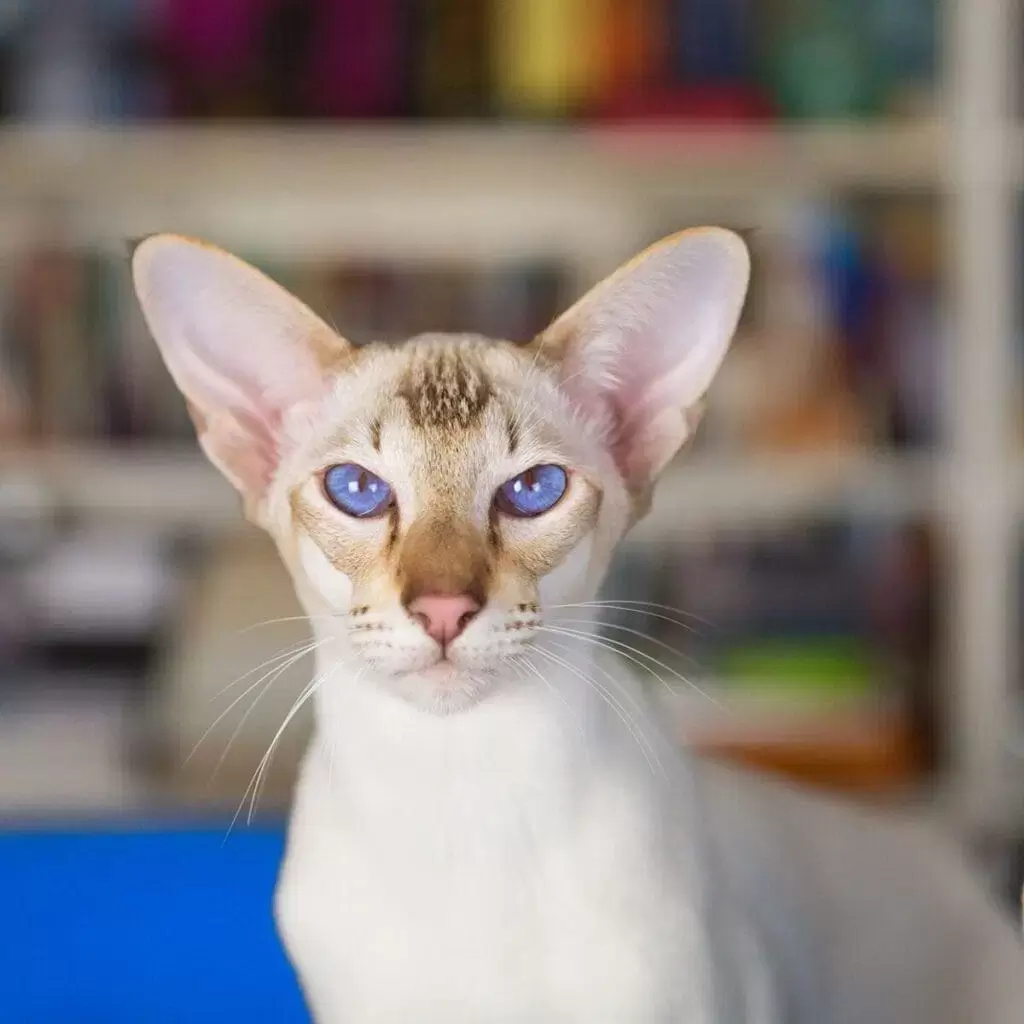
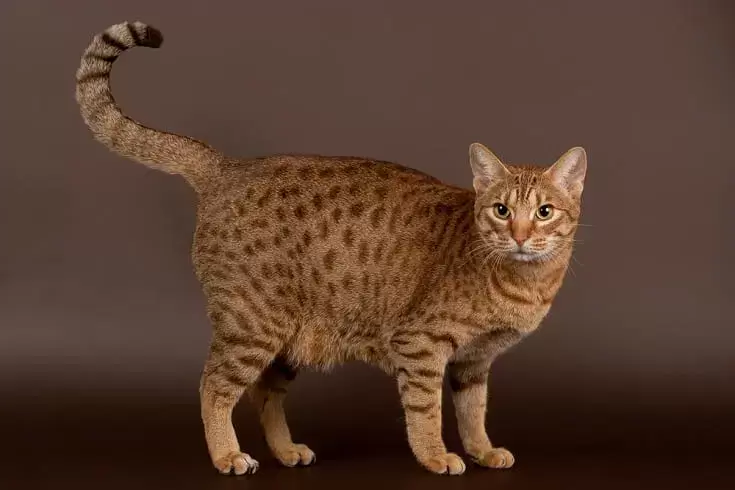
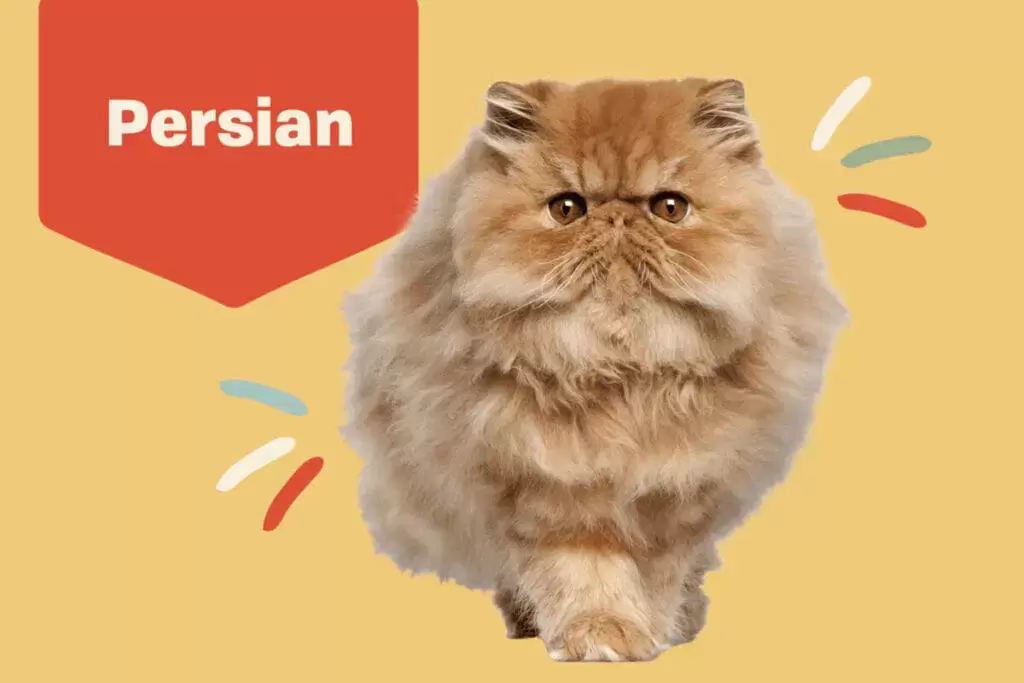
 RSS Feed
RSS Feed
